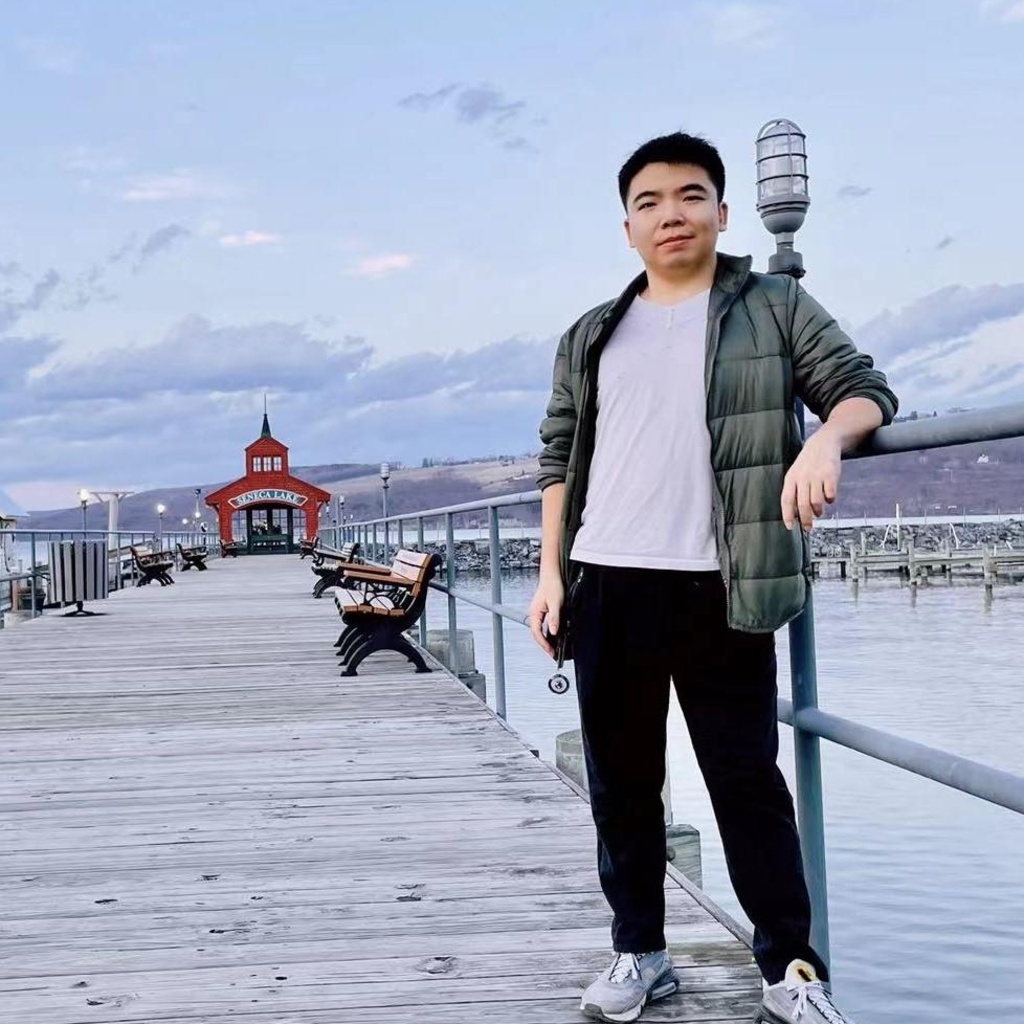
Speaker
Nairen Cao
Abstract
In today's big data era, processing large-scale graphs, especially those with millions of nodes, presents formidable challenges. Traditional sequential algorithms often fall short in efficiency, making the shift toward parallel or distributed algorithms essential. My research contributes to this field by developing efficient parallel algorithms that address these challenges. In this talk, I will highlight two major areas of my work:
- Single-source Shortest Path (SSSP): Exploring our approach to the SSSP problem in large graphs, including both approximate and exact solutions across various conditions.
- Correlation Clustering: Presenting a highly efficient parallel algorithm for Correlation Clustering, achieving notable approximation ratios while maintaining reasonable computational work and depth.
Bio
Nairen Cao is a Postdoctoral Researcher at Boston College, focusing on developing efficient (usually parallel) algorithms for graph problems. He earned his PhD from Georgetown University in August 2022 and has been nominated for Outstanding Papers at the ACM Symposium on Parallelism in Algorithms and Architectures (SPAA) in 2022 and 2023.